Teaching Caroline about Jesus and the Bible is very important to us. We want her to have a faith of her own that grows and develops at an appropriate pace and level for her as an individual. Part of that has been finding children’s Bibles that work for our family. (By way of background for new readers, she’s seven and a half, very right brained and creative.)
I’ve read various people through the years who say that you shouldn’t use a children’s Bible, but only read from the actual Bible itself. They emphasize that we need to hear the actual words from the Scriptures. While I understand this in theory, we learned early on that this was not going to work for Caroline. We could force her to listen to something that was not what we felt developmentally appropriate or we could take it to her level. We could force her to listen to God’s Word in a way that didn’t connect with her or we could find something that was meaningful.
The reason I entitled this post “Which Children’s Bible is Best for Your Child?” is because I believe that choosing a Bible depends a great deal on the age and personality of the child. Just as we carefully select the educational setting (public, private, home) that is best for our child, we should do the same thing when teaching them about God’s Word.
We own all the Bibles in the graphic above (plus a few more). I’m going to offer just a quick review of most of them, when we used it, and where we felt it met a need. I’ll offer any significant pros and cons about each one. Hopefully this will help you as you search for a children’s Bible for your little one.
The Early Reader’s Bible
When I showed Caroline the stack of Bibles I had taken from her room to write this post, I asked her which one was her favorite. I was actually surprised when she picked The Early Reader’s Bible. She received this one as a birthday gift a few years ago so it wasn’t one we purchased.
When I asked her what she liked about it, she said that the stories are short and that she can read it herself. This was the first Bible she did pick up on a regular basis and read on her own so that probably has something to do with it.
Each brief story is a couple of pages of text and a couple of illustrations. At the end of each story is a “something to ask” with three or four comprehension questions and then “something to do” or a way to put what you learned into action. Caroline liked answering the questions and then quizzing us at times too.
The illustrations are nice for the style. Not overly cartoonish and not silly. They do add to the story. Because the book is written so children can read it themselves, the vocabulary is simple and accessible. So for example, when the Israelites make the golden calf, they just call it the golden calf but don’t introduce the term idol.
Overall, a good Bible for its purpose – making God’s word accessible for a child who is learning to read and wants to read on her own.
A First Bible Story Book
One of the first Bibles we read aloud with Caroline when she was probably three was A First Bible Story Book. This book doesn’t attempt to be a comprehensive Bible like some of the other ones I’ll talk about it. This one introduces young children to the major stories of the Bible and it does so with very nice illustrations.
&
Caroline really liked the illustrations in this particular Bible and would make us wait to turn the page so she could linger over them. The language is much more advanced than some of the other Bibles I’m reviewing. It uses words like pranced, gangplank, drifted, arch, amazed, horrified, etc. We never shied away from using big words with Caroline, even when she was little. If we came across a word in this book we thought might not be familiar we would explain it or rephrase it on the fly (Abraham was horrified or very upset.)
This probably isn’t a toddler Bible unless you have a child who is really into illustrations (which is what prompted me to buy it). The listing on Amazon says ages 5-8. I think it would be too basic for an eight year old unless it was a child who was not familiar at all with the Bible. But for a child who knows the Bible, I could see ages 4-6.
My Little Picture Bible
My Little Picture Bible was the other Bible we read early on with Caroline. Again, I purchased this because I knew she would like the colorful illustrations (and I was also trying to stay away from cartoonish Bibles at that point).
&
Like A First Bible Story Book, this one introduces the child to some of the major Biblical stories and people. Most of the stories are a few pages long with lavish illustrations. Again, our visual child loved this book. She would pour over the pictures for a long time, taking it all in. The illustrations are fairly detailed and I’m sure they brought the written story to life for her.
The Jesus Storybook Bible
We read The Jesus Storybook Bible next. I have very mixed feelings about this Bible. First, I like the way it weaves Jesus and the plan of redemption (or rescuing, as the book says) through the entire story of Scripture. That is what they set out to do and I truly appreciate a Bible that helps Caroline understand that Jesus isn’t just in the New Testament but He was a part of God’s plan all along.
&
That said, there are some things I just don’t enjoy about this Bible. I really don’t care for the illustrations, especially the people. They don’t appeal to me at all. When I asked Caroline about this Bible, she mentioned that she didn’t like the illustrations either and that the people look too weird. The text is good, but I personally found some of it repetitive to the point it annoyed me. Or maybe I’m just not hip enough for this Bible. Whatever the reason, while I liked what the Bible was trying to accomplish it just didn’t completely gel with me overall.
Candle Bible for Kids
The Candle Bible for Kids is the Bible we are currently reading with Caroline. We’ve already been through it numerous times, but keep returning to it. This Bible gets a thumbs up in both illustrations and text.
The illustrations are COLORFUL. I mean REALLY colorful. They add a lot to the stories. If you have a visual learner, this is probably the Bible you want. They aren’t fine art, but they aren’t silly/cartoonish either. The stories are a bit more detailed and use more of the biblical vocabulary than some of the other Bibles. When I asked Caroline what she liked about the Bible, she said she really likes the maps. (There are eight maps in all.) When I asked her what she didn’t like about the book, she said the mouths. (She doesn’t like the way they are drawn. LOL!) But she does like the rest of the illustrations.
Overall, this is my favorite of the more complete children’s Bibles we’ve read with Caroline so far.
Read and Learn Bible
We’ve also used the Read And Learn Bible. This Bible, published by the American Bible Society and Scholastic, is a learning Bible. It takes a different approach and comes across as more educational.
It has sidebars that explain different terms and names that are bolded in the text. It lists all of the chapter and verse references for each story. The illustrations are nice and done in more subdued colors. The content is good. It’s a bit more in-depth and has more dialogue. It also includes content not in other Bibles such as a chapter called “Women Helpers” that discusses Joanna, Susanna, and Mary Magdalene in Luke 8. In fact, this Bible more than any of the others seems to include women more in the illustrations and stories that were selected to include.
There is a section at the end of the book for parents. It includes 20 short chapters on how to use the Bible to interact with your child in different ways. I haven’t used it, but for Christians who are just starting out reading and studying the Bible with their child, it could be helpful.
The Children’s Bible in 365 Stories
The last Bible I’m going to mention is The Children’s Bible in 365 Stories. This is the only Bible on the list that we own but haven’t read yet. The main reason we haven’t read it? The illustrations.
&
The first time I showed it to Caroline she completely rejected it on the basis of the illustrations alone. That was probably about two years ago. I got it out today and opened it to the illustration of Samson taking down the pillars. It’s a powerful visual and she was immediately intrigued. She’s old enough now to appreciate these kinds of illustrations so I’m thinking we’ll start using this Bible sometime soon.
This Bible is also much more comprehensive in the stories it includes. They are succinctly told, but thoroughly enough. I’m thinking this will probably be our last children’s Bible before we make the jump to reading a regular Bible with her.
Choosing the Right Bible for Your Child
Uppermost in our minds was selecting Bibles that would hold Caroline’s attention, especially when she was little. Our goal was to begin to give her the vocabulary of the Bible so she would recognize the important people and events in the Biblical narrative. We knew that using illustrated story Bibles was the only way that was going to work.
Each Bible met a particular need along the way. I’m thankful we were able to provide her with a variety of Bible storybooks that met her where she was in her little life. I’m also glad we utilized a variety of styles to emphasize the fact that no one knows what these people or events truly looked like. It will hopefully give her different perspectives to draw on in the years ahead as she moves on to her own study of the Scriptures.

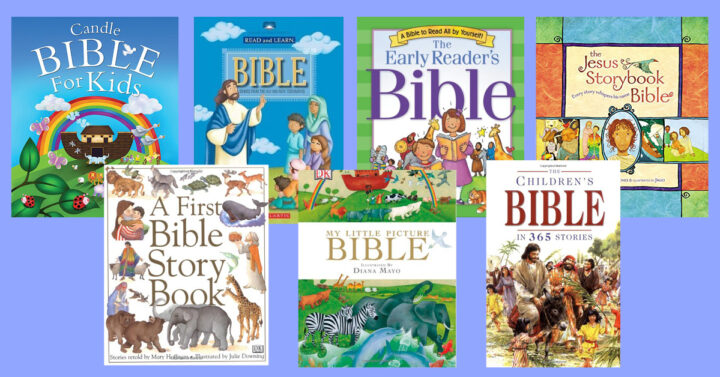



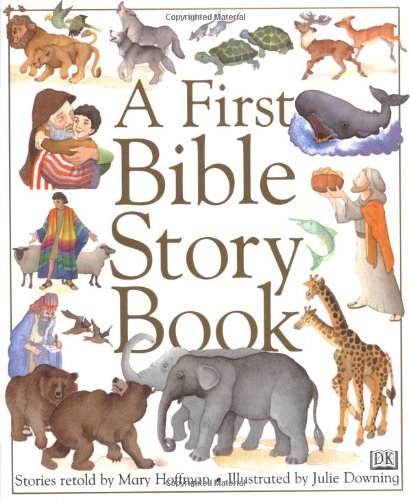


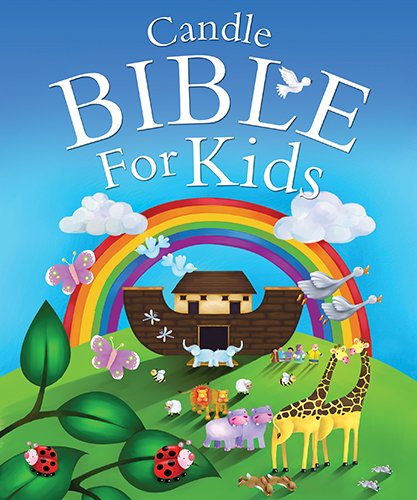



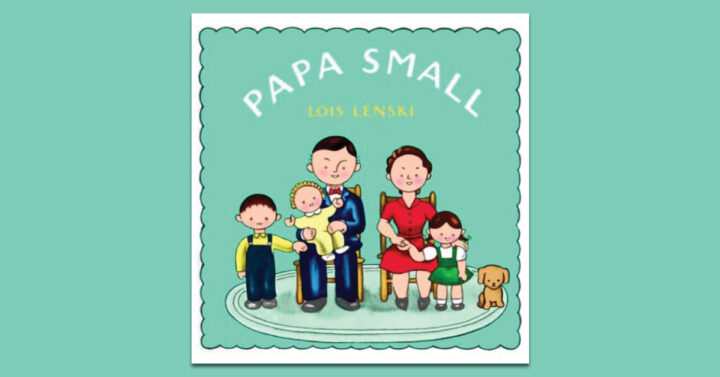
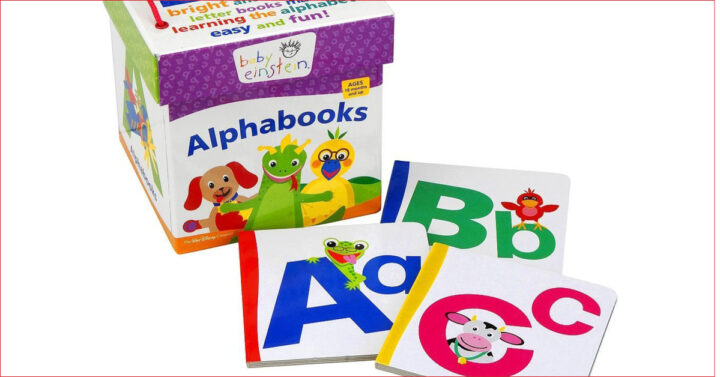
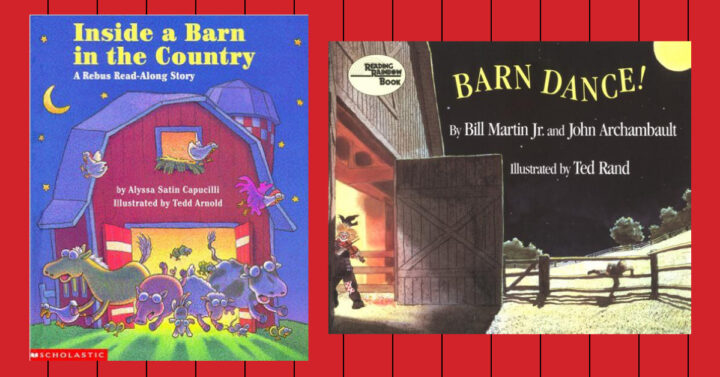
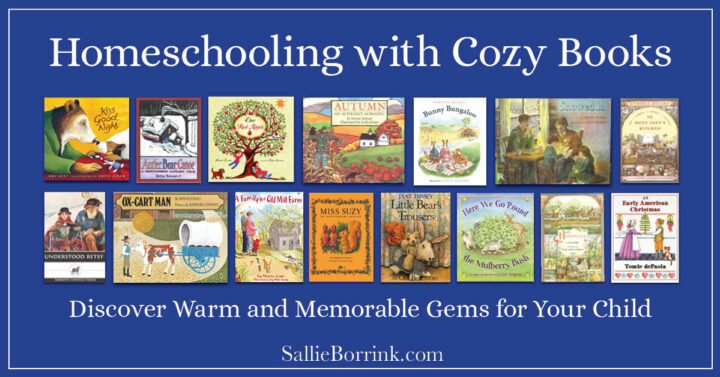

 5 Reasons Not To Quit After The First Year Of Homeschooling
5 Reasons Not To Quit After The First Year Of Homeschooling
I’m kinda with you on the illustrations for the Jesus Storybook Bible. I love the stories in them, but the illustrations drive me a bit nutty.
We have The Children’s Illustrated Bible, which is a selection of Bible stories by a secular publisher. The Bible quotations are from the KJV, and the stories are presented as literally true. I like that the illustrations are realistic and not cartoonish, and that there is a lot of supplemental material in insets and sidebars that helps connect the stories to the real physical world. I do have to simplify the language a bit for the younger children.